 exhibition scene
exhibition scene
The Lights of Dunhuang, an exhibition of Buddhist art treasures from Northwest China, is drawing record crowds to the National Museum of Fine Arts in Beijing. The museum has imposed limits to ensure security for visitors and the priceless displays.
The National Museum of Fine Arts has a hit on its hands.
The Lights of Dunhuang exhibition exerts an appeal equal to what a shrine holds for pilgrims since it opened January.
Visitors have come in record numbers, topping 20,000 a day on average.
The museum has set limits on attendance to ensure safety of both antiques and visitors.
Ma Shulin, Vice Director of National Museum of Fine Arts,said, "To ensure people's safety, we have changed the opening time. It will now open half an hour earlier at 8:30 am."
Visitors are also advised to avoid peak hours, which usually fall on weekends and weekdays between 10 am and 2 pm.
 outside
outside
The sheer size and quality of the collection are unprecedented.
The exhibitions include ten recreated caves, thirteen replicas of ancient sculptures, nine originals and one hundred mural copies, all from the Mogao Grottoes.
Most of items are on display for the first time. Some of the reproductions are the only extant copies.
Dunhuang is located in the Gobi Desert in the province of Gansu. Hundreds of years ago, it rose to prominence as an important stop on the Silk Road.
And monks from India and Central Asia as well as from China converged here to study buddhism. They established extensive cave monasteries and created caches of distinctive Buddhist art.
Indigenous Chinese culture was also blended in with their works. The Dunhuang Caves are an important Chinese cultural heritage and a unique combination of religion and art.
来源:雅昌艺术网





